Prime Minister Justin Trudeau’s government has proposed raising the capital gains tax inclusion rate to 66.6%, up from the current 50%. This new rate would apply to gains above $250,000 for individuals, and to all gains realized by corporations and trusts. The change is set to take effect on June 25, 2024, as part of the 2024 federal budget. The primary aim of this tax hike is to address the financial pressures caused by the booming housing market in Canada. The government argues that the current 50% inclusion rate on capital gains disproportionately benefits the wealthy, who earn more from capital gains compared to the middle class. By increasing the rate, the government hopes to generate additional tax revenue, which is estimated to reach $19.4 billion over the next five years.
This proposal has sparked significant debate and opposition. Many investors and companies argue that such a steep increase could deter investment and hinder economic growth. Critics are concerned that higher taxes on capital gains from stock trades and cryptocurrency sales could reduce incentives for investing in these areas, potentially slowing down innovation and economic expansion. The Canada Revenue Agency (CRA) is also intensifying its focus on cryptocurrency transactions. With around 400 audits and investigations targeting crypto-assets for the 2023-2024 tax period, the CRA aims to ensure tax compliance in this rapidly growing market. The proposed tax increase would affect previously untaxed profits, including approximately C$54 million ($39 million) in cryptocurrency earnings.
The government has also introduced a new Canadian Entrepreneurs’ Incentive, which aims to reduce the tax rate on capital gains for qualifying small business shares. Additionally, the lifetime capital gains exemption (LCGE) will be raised to cover $1.25 million of capital gains, up from the previous $1,016,836. Financial advisors and tax experts suggest that investors might accelerate their asset sales before the June 25 deadline to take advantage of the current 50% inclusion rate. This could result in a short-term increase in tax revenue, as anticipated by the government.
However, the proposed changes are expected to complicate the tax filing process. Transitional rules will be required to distinguish between gains realized before and after the new rate takes effect. This could add complexity for accountants and taxpayers alike.
Overall, while the tax hike aims to address housing market pressures and increase government revenue, it faces substantial opposition due to concerns about its impact on investment and economic activity. The coming months will likely see continued debate as the government works to implement these significant changes to Canada’s tax system.








